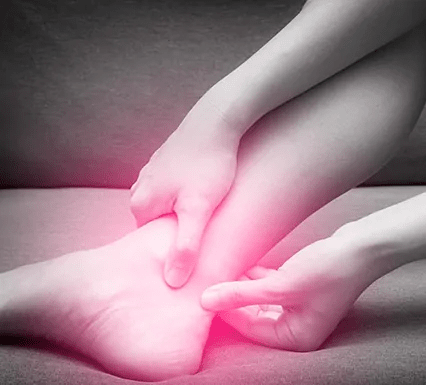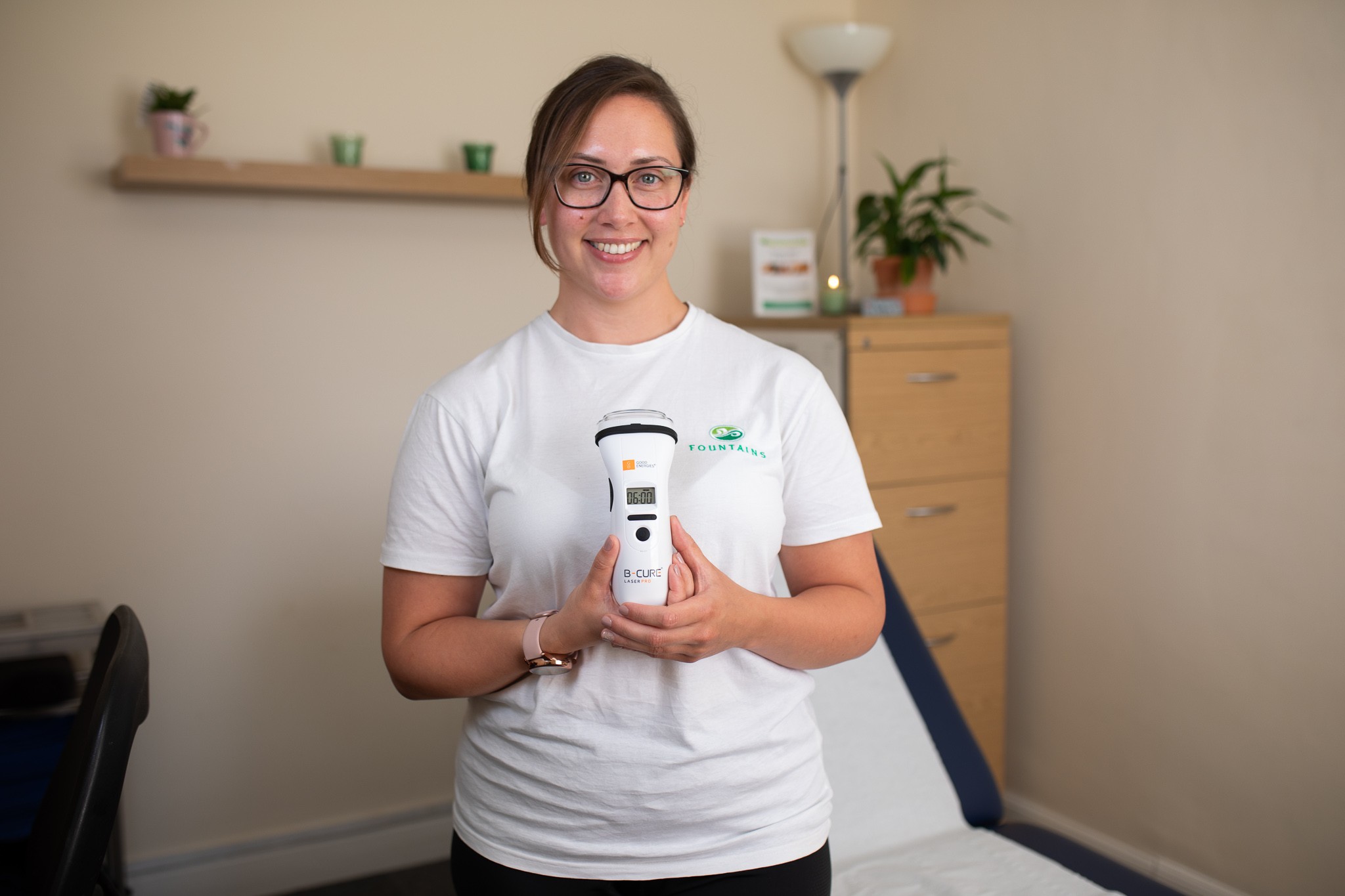Understanding the Anatomy of the Knee Joint
The knee joint is a vital structure in the human body, comprising four key bones:
- Femur (thigh bone)
- Tibia (shin bone)
- Fibula
- Patella (kneecap)
Four primary ligaments connect the thigh bone to the calf, ensuring stability:
- Anterior Cruciate Ligament (ACL) and Posterior Cruciate Ligament (PCL): Prevent excessive forward or backward sliding of the femur and tibia.
- Medial Collateral Ligament (MCL) and Lateral Collateral Ligament (LCL): Limit side-to-side movement of the joint.
What are the causes of knee pain?
Knee pain can result from various issues, including mechanical problems, trauma, injury, or inflammation.
Kneecap Dislocation
When the kneecap shifts out of its normal position, it leads to dislocation, often causing intense pain and instability.
Trauma
Direct trauma, such as sports injuries, can damage structural components like tendons and menisci, resulting in tears and restricted movement.
Osteoarthritis: Breakdown of Knee Joint Cartilage
The most common form of joint inflammation, osteoarthritis, occurs when cartilage in the knee deteriorates, particularly in weight-bearing joints.
Types of Inflammation
- Rheumatoid arthritis
- Gout
- Infectious knee inflammation
- Kneecap inflammation
Infections in the knee joint can cause significant pain and tissue damage.
Key Symptoms of Knee Pain
Signs and symptoms of knee pain may include:
- Swelling and stiffness
- Redness and warmth around the knee
- Weakness or instability
- Popping or cracking sounds
- Difficulty straightening the knee
Effective Treatments for Knee Pain
Physical Therapy
Customized exercises and techniques can improve knee strength, flexibility, and function.
Surgery
- Arthroscopic Surgery: Minimally invasive repair of knee damage.
- Knee Replacement: Reserved for severe cases of joint damage.
Low-Level Laser Therapy
Devices like B-Cure Laser offer innovative, non-invasive treatment options to alleviate knee pain, promote healing, and reduce inflammation.

Innovative Knee Pain Treatment: B-Cure Laser Therapy
For those seeking non-invasive, effective relief, the B-Cure Laser offers a cutting-edge solution. This advanced device utilizes low-level laser therapy (LLLT) to reduce inflammation, enhance blood circulation, and accelerate tissue healing. Unlike surgical or pharmaceutical options, the B-Cure Laser is safe, clinically proven, and free from side effects.
How Does B-Cure Laser Work?
The B-Cure Laser uses its patented laser beam that penetrates deep into the affected tissues. When applied to the skin, it stimulates cellular regeneration by increasing the production of adenosine triphosphate (ATP), a molecule essential for energy transfer within cells. This process promotes normal cell function, reduces inflammation, and speeds up recovery.
Key Benefits of Knee Pain Treatment with B-C ure Laser
- Non-Invasive Relief: Treat knee pain effectively without surgery or medication.
- Clinically Proven Results: Studies demonstrate reduced pain and inflammation with consistent use.
- Safe for Home Use: Lightweight and portable, the device is ideal for self-treatment.
- Fast Recovery: Promotes collagen production and improves blood flow for quicker healing.
Protocol of Knee Pain Treatment with B-Cure Laser
To achieve optimal results, follow these treatment steps:
- Apply the laser to the inner, outer, and back of the knee for 8 minutes each.
- If front knee pain is present, treat the area below the kneecap.
- Use an adjustable stand for convenience and precise application.
- Repeat the treatment at least twice daily for consistent relief.
Expert Endorsements & Clinical Success of Knee Pain Treatment with B-Cure Laser
Renowned orthopedic surgeon Professor Daniel Reis highlights the efficacy of B-Cure Laser therapy. Research comparing patients treated with physical therapy alone versus those combining it with laser therapy found a significant reduction in the need for knee replacement surgery.
Conclusion
Knee pain doesn’t have to limit your mobility or quality of life. The B-Cure Laser provides a safe, effective, and non-invasive treatment option that can be used conveniently at home. Whether your pain stems from osteoarthritis, injury, or inflammation, this innovative device helps alleviate discomfort and supports long-term recovery.
Invest in the B-Cure Laser today and experience the transformative benefits of low-level laser therapy for knee pain relief.
To learn more about other health conditions that the B-Cure Laser can help manage, please visit our Treatment Guide page.























